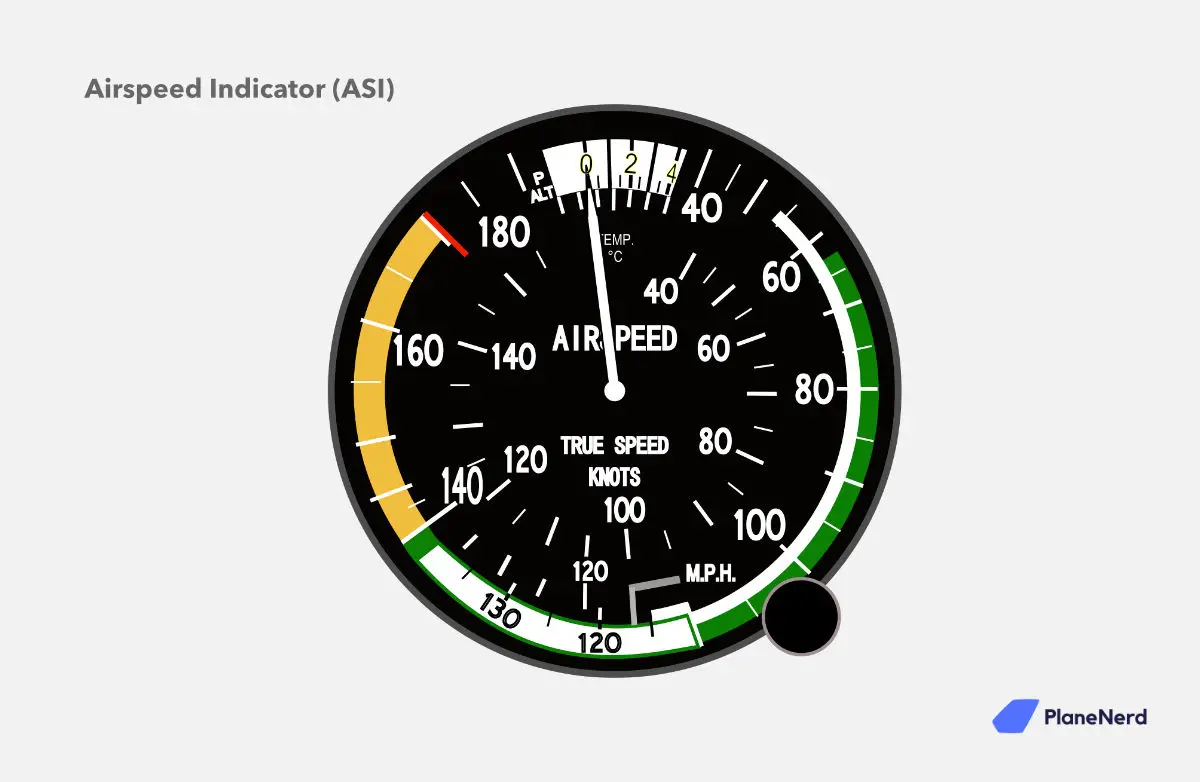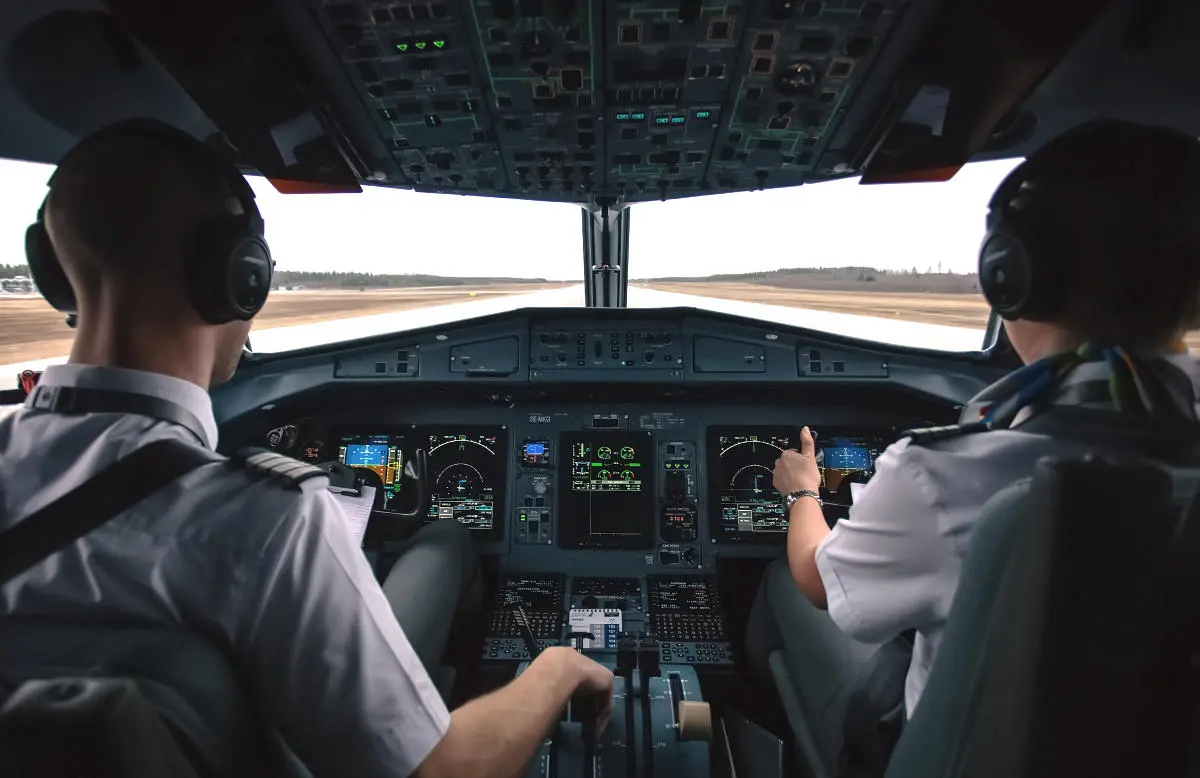
Understanding Why Aviation Uses Knots
Learn why the aviation industry uses knots as a unit of speed measurement and how it relates to air navigational purposes. Explore the reasons behind this common practice.
Table of Contents
The mysteries of aviation captivate many, from the physics of how airplanes fly to the intricate systems that ensure their safe passage through the skies. Among these intriguing aspects, one question stands out: Why does aviation use knots for speed measurement?
This unit of speed, deeply rooted in maritime history, might seem an odd choice at first glance. Yet, as we navigate the complexities and traditions of aviation, the rationale behind this choice becomes clear, highlighting the blend of historical significance and practical utility that characterizes much of aeronautical practice.
Navigating Through History: The Origins of Knots
The historical roots of using knots for measuring speed are deeply intertwined with ancient navigation practices at sea. Long before the advent of digital instruments and satellite navigation, sailors devised innovative methods to gauge their vessel's velocity through the water.
One such invention was the chip log, an ingenious yet simple tool that laid the foundational principles of speed measurement used in aviation today.
Comprised of a wooden board and a rope with evenly spaced knots, the wooden board part of the chip log was cast over the stern of a moving ship, acting as a drift anchor. Sailors would then use an hourglass to measure the time it took for a certain number of knots on the rope to unravel and pass through their hands as the ship sailed forward.

This simple yet effective technique gave sailors a tangible measure of speed, expressed in knots, based on the distance covered over a set period. The system was remarkably effective, leveraging the natural elements and the basic principles of physics to navigate the vast oceans.
This method's elegance and reliability captured the attention of early aviators, who saw in knots a proven, time-honored metric for speed that could transcend the transition from sea to sky. At the same time, the knot system provided a more meaningful way of navigating longer distances - more on that later.
By adopting knots, aviators were not only paying homage to their maritime predecessors but were also choosing a unit of speed that resonated with the fundamental aspects of navigation and the global pursuit of exploration and connection.
A Common Language for Safety and Efficiency
In the expansive realm of the skies, where diverse flight paths crisscross from every direction, establishing a unified mode of communication is vital.
Adopting knots as the universal metric for speed in the air serves this purpose, breaking down barriers that could otherwise complicate international aviation operations.
This consistency is crucial, as pilots navigating across different airspaces and air traffic controllers overseeing the safe movement of flights must communicate clearly and effectively. By utilizing knots, the aviation community ensures that instructions and information are exchanged without ambiguity, thereby reducing potential errors that could lead to operational inefficiencies or, more critically, safety incidents.

This shared vocabulary extends beyond just pilots and controllers; it is woven into the global aviation protocols, standardizing how speed is reported, interpreted, and acted upon across continents and cultures.
This cannot be overstated, as the seamless coordination between multiple nationalities and languages hinges on such common standards. Knots, therefore, are more than just a unit of measurement; they are a linchpin in international flight safety and efficiency, enabling aircraft from any nation to navigate the skies as part of a cohesive global system. This standardization fosters predictability and trust among aviation professionals, which is crucial for the smooth operation of the worldwide air traffic network.
The Technical Advantage of Using Knots
Knots possess unique technical merits that align perfectly with aviation's demands. The intrinsic link to the nautical mile—an essential measure of distance based on the Earth's circumference—creates a seamless connection between speed and geographic navigation.
This one-to-one correspondence, where one knot equals about one nautical mile per hour, streamlines pilots' calculation processes. It facilitates quick and accurate estimations of timing and distance critical for flight safety.
Furthermore, measuring wind speeds and aircraft performance parameters in knots integrates these vital pieces of data into a cohesive framework. This uniformity simplifies the pilot's task of adjusting flight paths and speeds in response to changing atmospheric conditions, enhancing flight operations' overall efficiency and safety.
The coherence provided by knots, extending from navigation and performance calculations to the adjustment for wind conditions, represents a significant technical advantage in aviation's complex environment. This compatibility with vital operational aspects of flying, from the planning stages to the execution of a flight, emphasizes the relevance and utility of measuring speed in knots within the aviation sector.

Knots and Modern Aviation Technology
In an era marked by rapid technological advancements, the aviation industry's adherence to using knots might appear as an anachronism. However, this steadfast commitment underscores the deep compatibility between this age-old unit and the high-tech world of flying.
Modern avionics, the suite of electronic devices crucial for flight operations, are engineered to process and display data in knots. This design choice is far from arbitrary; it reflects the seamless fit of knots with the practical realities of air navigation and safety protocols.

The advantages of knots, mainly when calculating speeds in relation to the Earth's curvature, are invaluable. For instance, when pilots navigate using state-of-the-art GPS systems, speed readings in knots facilitate a direct and efficient data translation into actionable insights, enabling precise maneuvering and optimal route planning.
This integration of traditional units with cutting-edge technology exemplifies how aviation bridges its rich heritage with the future, ensuring that pilots can rely on familiar metrics even as their instruments evolve.
Therefore, the continuity of using knots in the digital age is a testament to its enduring relevance in a sector where accuracy, safety, and efficiency are paramount.
The Future of Knots in Aviation
The aviation industry will undergo changes driven by technological advancements and evolving operational requirements.
However, amidst these shifts, the significance of knots as a measure of speed is expected to endure. With its deep historical roots and practical applications, this steadfast metric remains integral to the core functions of navigation and communication within the aviation sector.
The utility of knots, particularly in their direct relation to the nautical mile and the ease with which they enable pilots to calculate distances and adjust for varying atmospheric conditions, positions this unit of speed as a constant in an otherwise rapidly evolving industry.
As new potential propulsion systems and aviation technologies emerge, the adaptability of knots to these innovations ensures their continued relevance. The transition towards more autonomous flight operations and the possible integration of artificial intelligence into navigational systems may challenge many traditional aviation practices.
However, the simplicity and precision of knots provide a foundational element that complements these technological advancements. This enduring relevance underscores the capacity of knots to bridge the gap between the rich legacy of aviation and its future, supporting seamless global operations and safety protocols.
Conclusion: Embracing Tradition While Flying Forward
Aviation uses knots as a unit of measurement for airspeed and wind speed due to its convenience. The knot is a reliable and universally recognized measurement used by pilots and air traffic controllers worldwide.
Aviation's commitment to knots transcends mere convention, embodying a profound respect for its maritime ancestry while ensuring relevance in contemporary and future flight operations.
Integrating knots into cutting-edge avionic systems highlights the unique interplay between tradition and innovation, giving pilots a standardized way of measuring globally.
Also read:
Planenerd Newsletter
Join the newsletter to receive the latest updates in your inbox.






